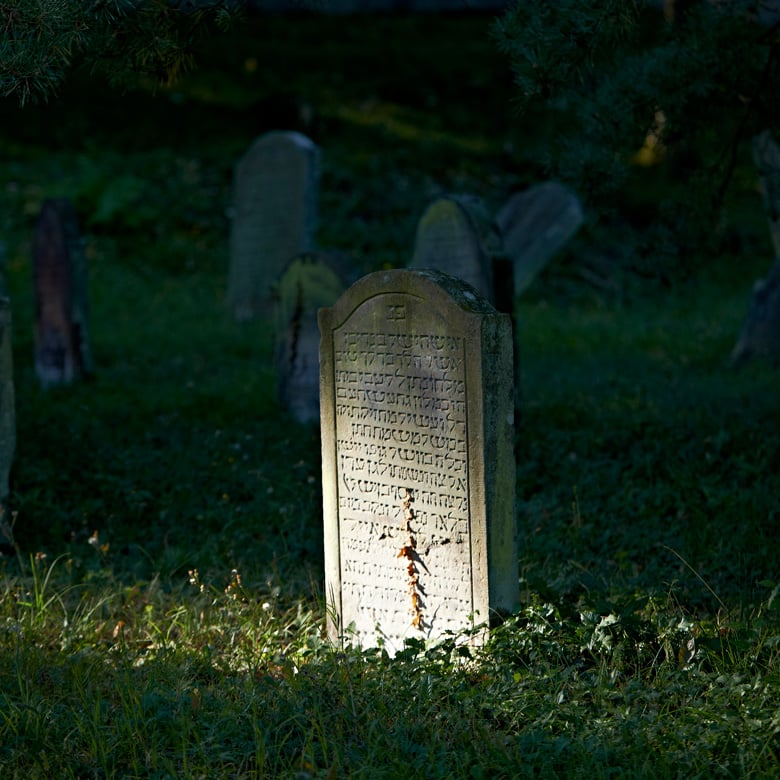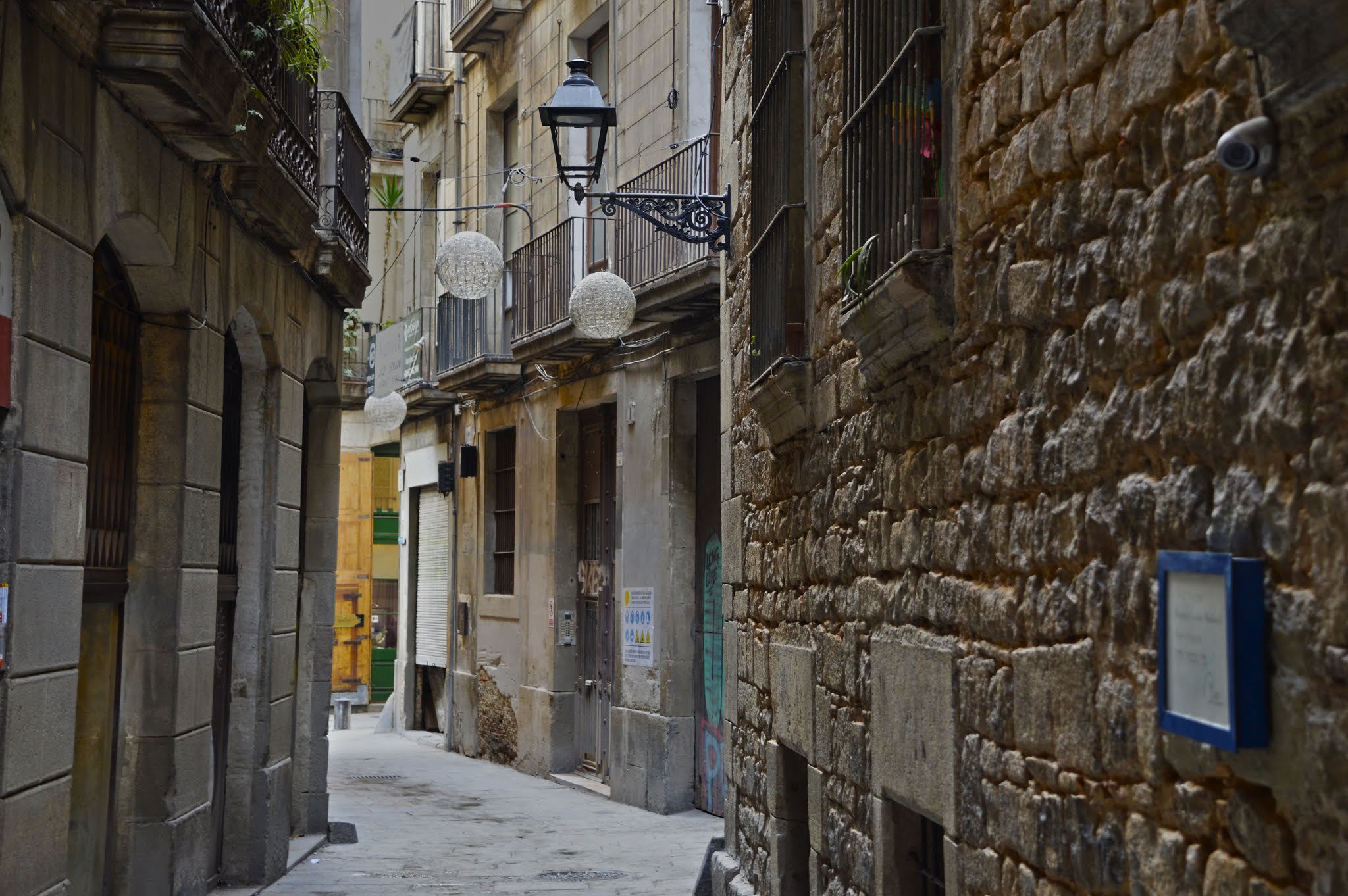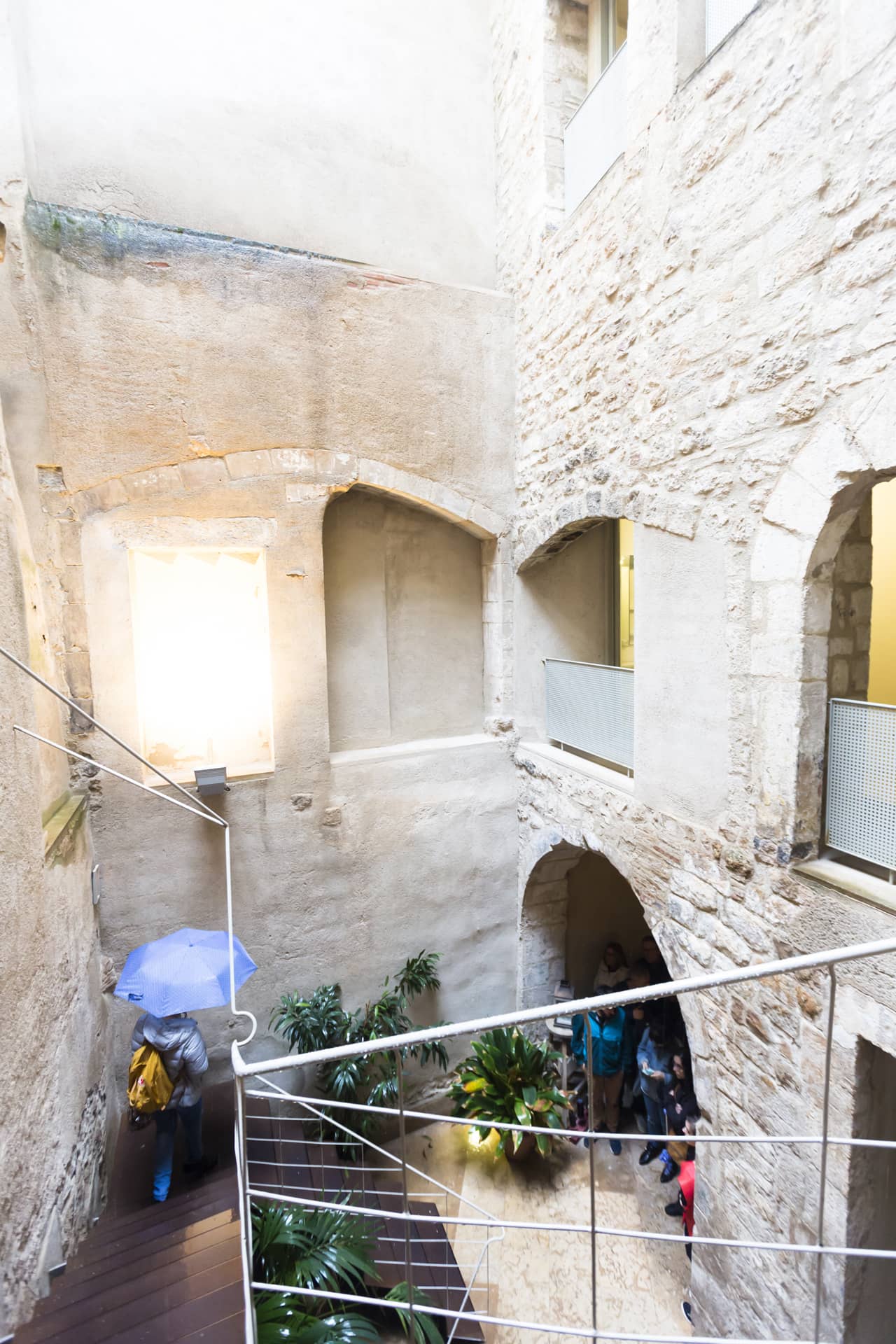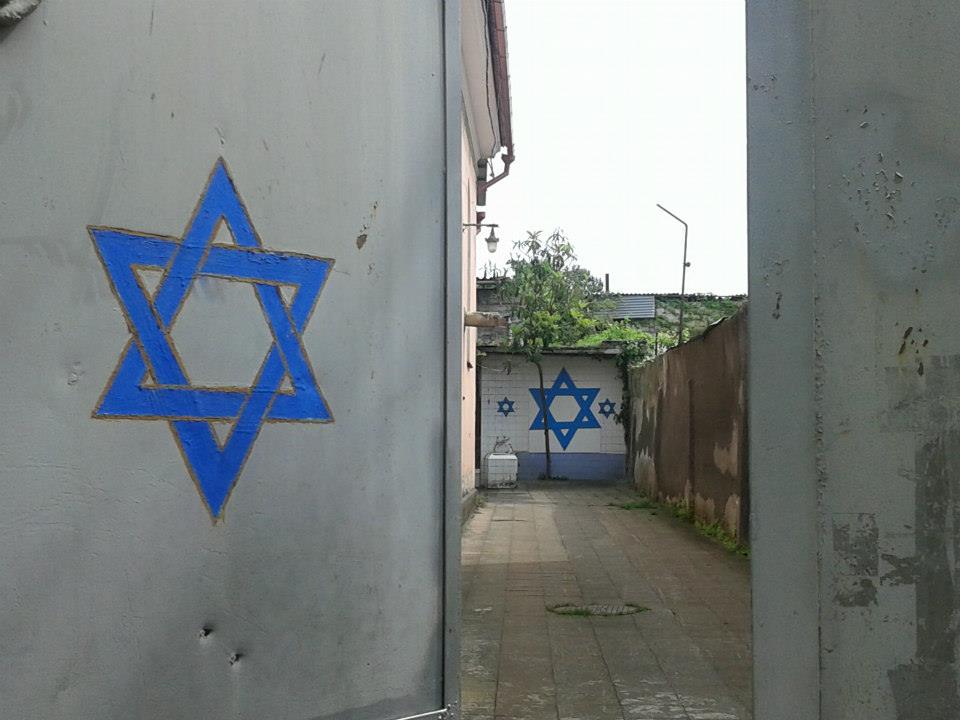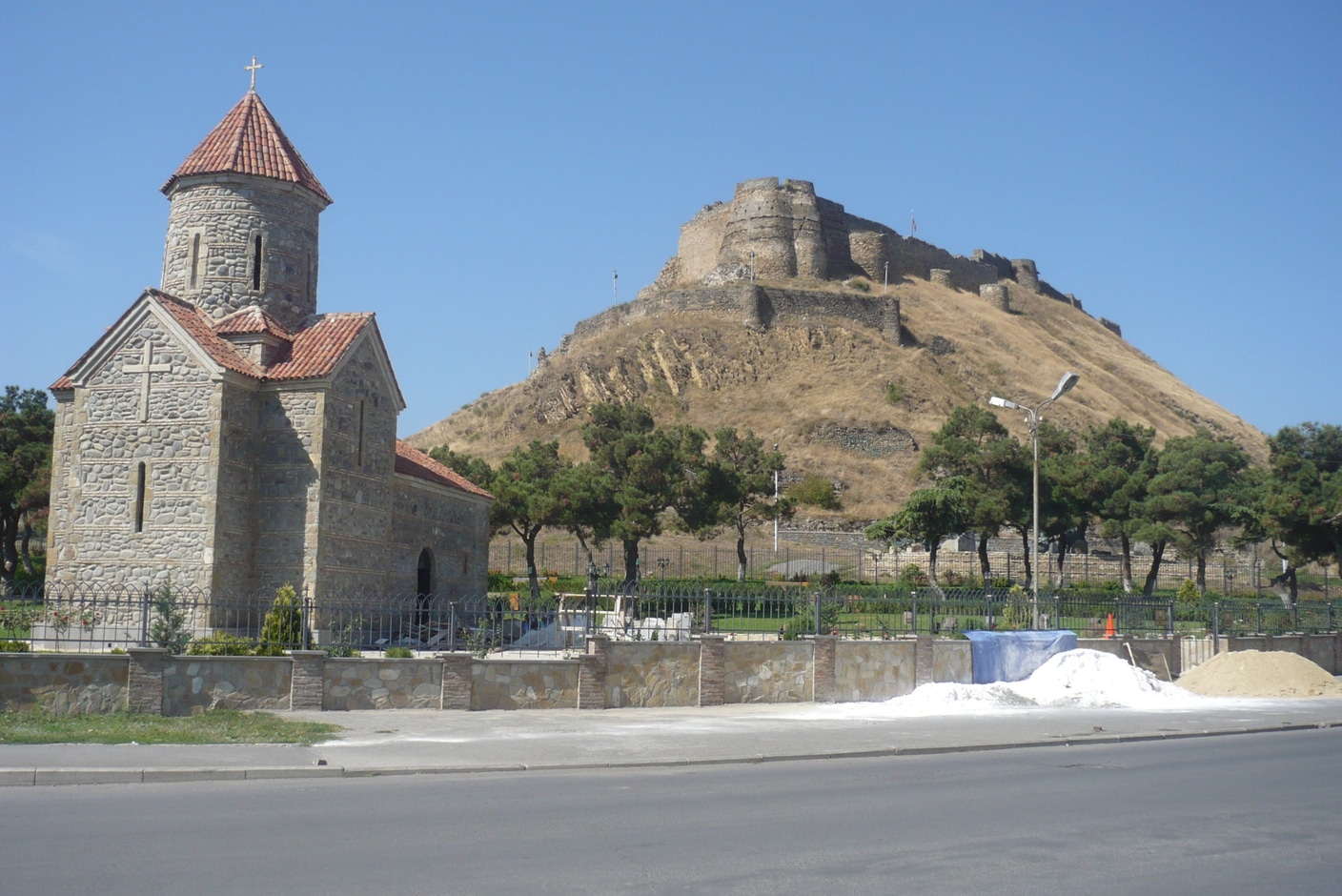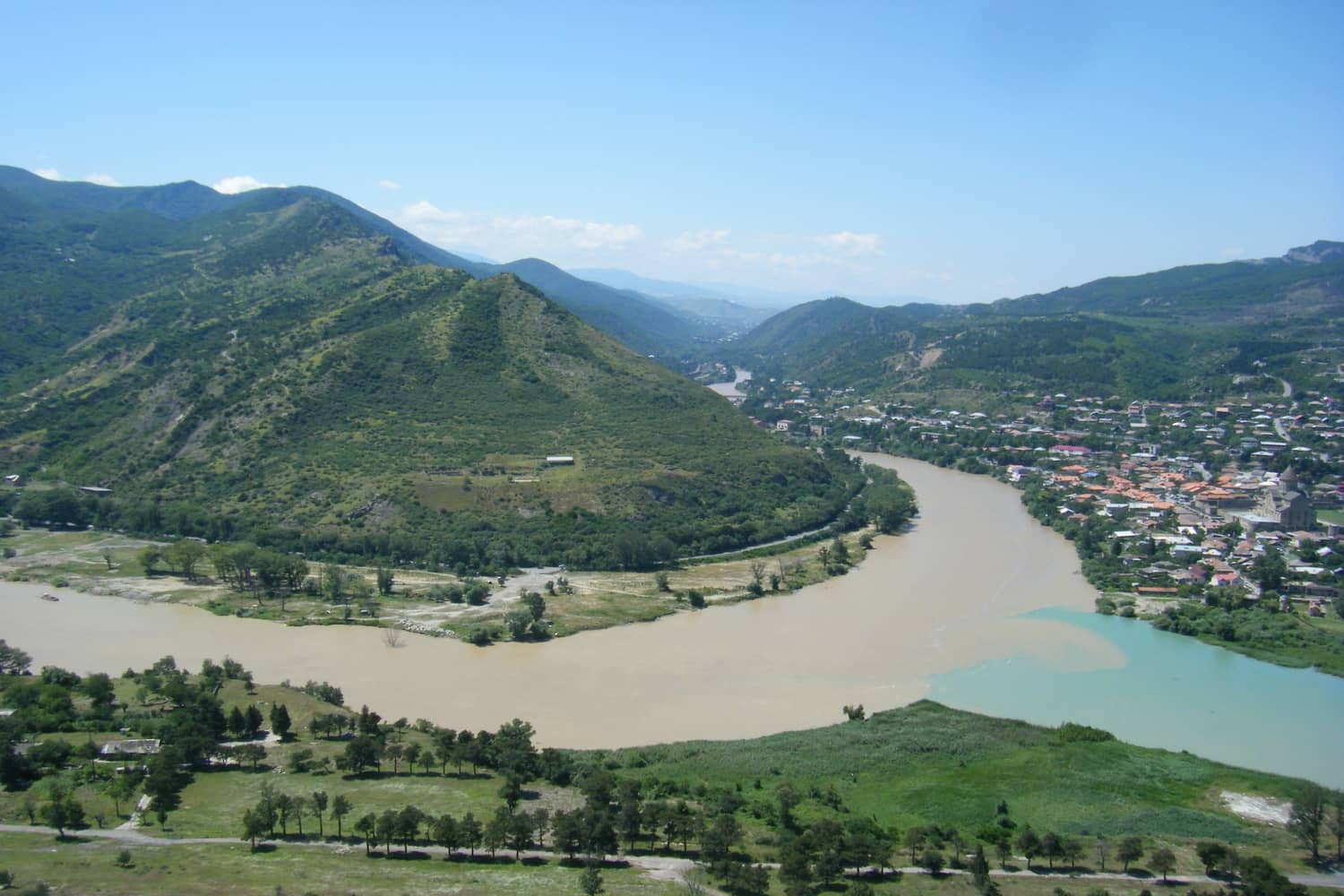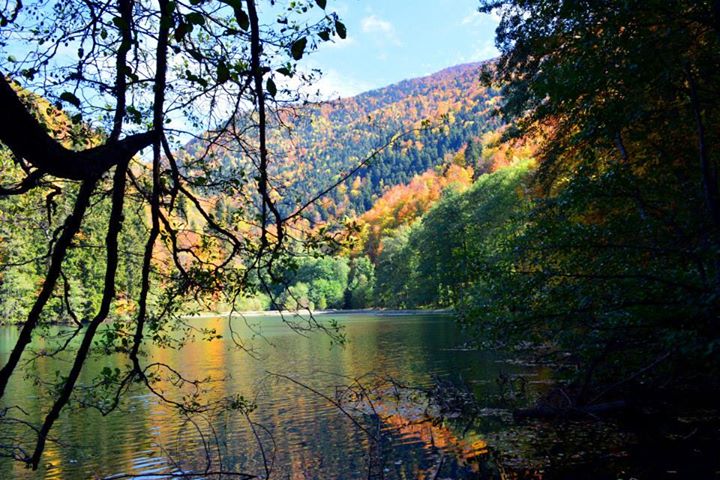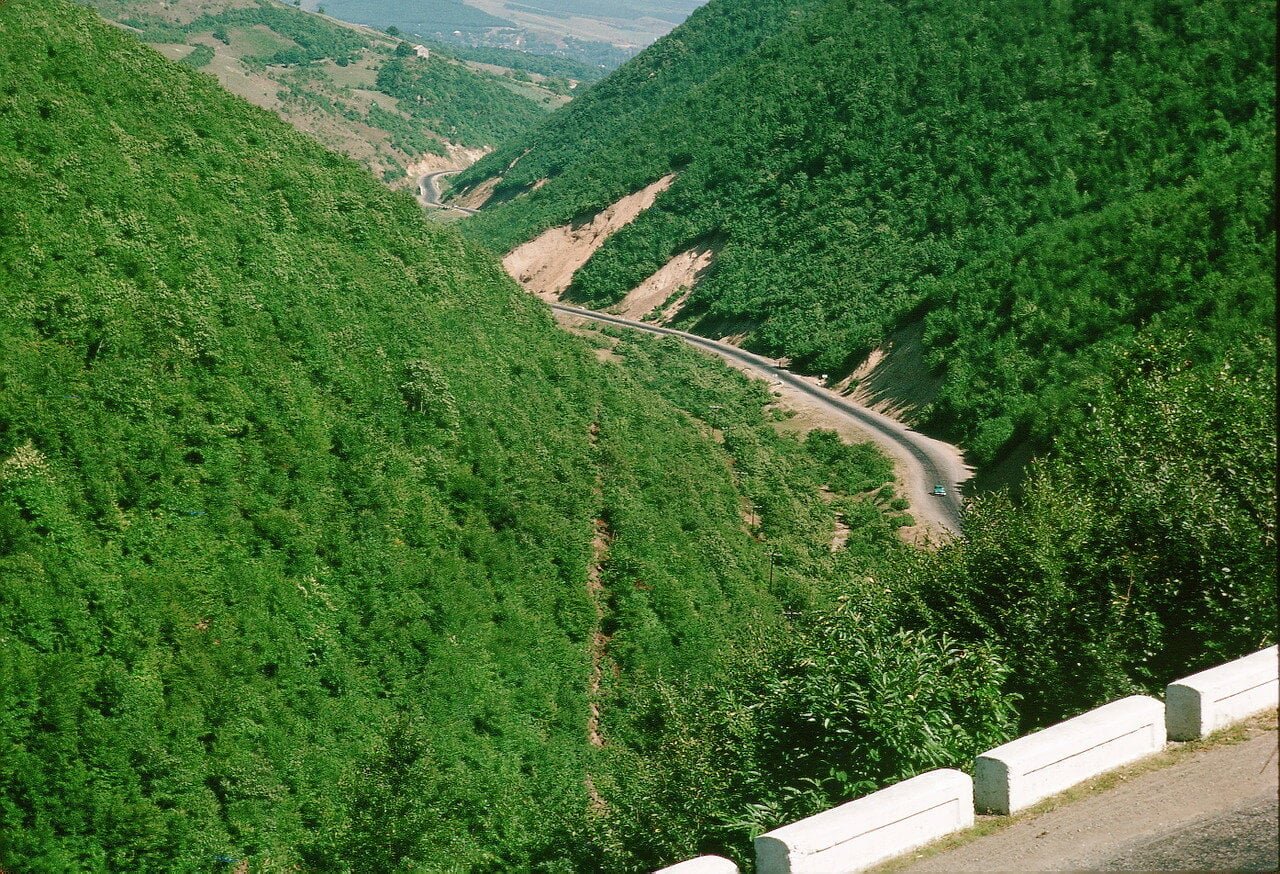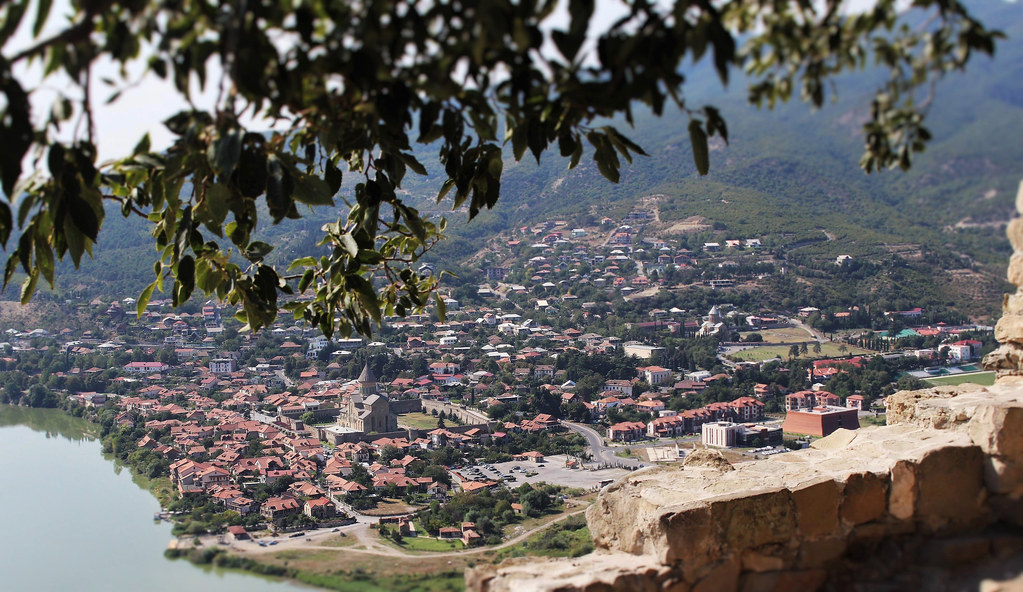A charming wine-growing village, Rosenwiller is located in the hills above Rosheim, surrounded by hills rich with especially diverse wildlife and plants. At the edge of the woods, the Jewish Cemetery, one of the oldest Jewish cemeteries in Alsace, contains over 6,000 tombs featuring highly original sun patterns on the gravestones. A stroll through the vineyards will give you the chance to admire the panoramic views of the plain, before going to taste the various grape types of Alsace wine, which have been grown here since the 6th century.
Site Tag: Attraction
Ancient Synagogue of Barcelona
The Synagoga Mayor de Barcelona was an ancient synagogue in the center of the city of Barcelona, Spain. Shlomo ben Adret was the officiating rabbi of this synagogue for about 50 years.
After many years of being used for other activities, the building at 5 Marlet Street was inaugurated as a synagogue and museum in 2002, thanks to the efforts of the Catalan historian Jaume Riera i Sans in locating the building based on documents such as the route of a tax collector and the specifications in the Talmud on how synagogues should be built. However, the synagogue was actually located at number 9 Salomó ben Adret Street, the adjacent house, and not the one currently promoted as the former synagogue. Currently, the building is not used for daily prayers, but is used for community festivities.
Casa Adret
Casa Adret is one of the oldest habitable buildings in Barcelona. It is in the middle of “el Call”, the old Jewish quarter of Barcelona, where between the ninth century and fourteenth century, lived the Jews of Barcelona. Its last Jewish owner was called Astruc Adret, who was a Jew from Cervera and that he was the owner of this building in Barcelona. The exact date of construction of the house is not known, but it is probably from the early twelfth century.
Back in the day, the first floor was likely rented for some kind of craft or clothing workshop. The rest of the house was also rented to two Jewish families, something that is apparent thanks to the mezuzah holes that one can find in these two of the doors of the house. In Barcelona one can find 6 medieval mezuzah holes, two of which are in Casa Adret.
In 1391 a great pogrom took place in el Call, when denizens of Barcelona attacked the Jews who lived there. They were groups of local rioters who, following a tendency of the whole peninsula, entered el Call, beating and killing people, and destroying the neighborhood. Surviving Jews were forced to convert to Christianity, flee the country or die. In the case of Astruc Adret, he converted to Catholicism, changed his name to Lluís de Junyent and was forced to sell his properties, moving to the town of Falset. It is from this year, 1393, that we have the first document about this building. The document of forced sale of Lluis de Junyent to the merchant Miquel Marçal.
In the year 1428 there was a big earthquake in Barcelona. For that reason, the façade of Casa Adret and the building next to it are inclined towards each other, making the distance between the two extremely close in the upper levels.
From this point on little is known of what happens with this house, other than some of the uses it has had over time. During the 19th century there was a funeral parlor operating in the lower part of the house, called “La Palma”, along with a musical school.
In the 90’s the building, in a completely dilapidated state, was bought by Andreu Mas Colell, former Minister of Economy of the Generalitat, and Esther Zilberstein, his wife. In 2001 they commissioned two prestigious architects, Elias Torres and José Antonio Martinez Lapeña, to renovate the building. Since 2018 it has served as a Jewish cultural center and a hub for local Jewish organizations.
Abkhazia Synagogue
A synagogue in Abkhazia was built in the first decade of the 20th century. As of 2009, there were about 150 Jews in Abkhazia, nearly all of them Ashkenazi. The majority of them were elderly, with the average age being 72. The community maintains a synagogue in Sukhumi. The material which was used for the construction of the synagogue, both the interior and the exterior are decorated with paintings.
Gori
Gori is a city in eastern Georgia, which serves as the regional capital of Shida Kartli and the center of the homonymous administrative district. It is located at the confluence of the rivers Mtkvari and Liakhvi. The name comes from a Georgian word gora, which means, “heap”, or “hill”. The city has an old history about the Jews which starts from the 17th century; at first they inhabited the area around Gori tower, since on Sundays a trade was held here and Jews were very involved in it. In the year 1866 there were 281 Jews living within the overall 5000 Gori population. Jewish inhabitants were usually merchants and craftsmen. In the 20th century the economy of Jewish population grew. In 1915 there were 104 Jews in Gori (approximately 16-17 families); they inhabited the same area. In 1946, during World War II, a legally registered community was established; under which was this community a synagogue, which was located on 16 Cheloskicenev St. The main Rabbi was Mordechay Davarashvili; he helped Zionist Aliyah in Israel. After the death of Rabbi Mordechay every holy book owned by him was handed to a synagogue. In this city you can find sites such as one big synagogue and Jewish graveyard.
Zanavi
The fall of Jerusalem happened in 586 BC and this is the time when Jewish refugees came into Kartli. It should be pointed out that these immigrants asked the governor for permission to inhabit the area, for which they would pay an appropriate amount. The governor of Mstkheta gave a helping hand to the refugees and allocated an area of River Aragvi for them, which was called Zanavi. Later these Jews moved to different towns and cities.
Kareli
Kareli, a town in Shida Kartli, Georgia, is located on the river Mtkvari. There was a time when the number of Jews living in Kareli was fairly vast but today that is not the case, on this day the Jewish population is very small; it only consists of 400 beings. Some say the word “Kareli” doesn’t mean the “The place with wind”, and its actual origin is an Herbew word, of men, but that is just an assumption. In old times Jews were accounted as the workers of Tsitsishvili; later as the state peasants. Jews in Kareli usually were merchants and lived ordinary lives, their appearances and rules corresponded with Kareli’s population. The sites you can find in this town are Kareli Synagogue, which was built in the 20th century and a Jewish graveyard.
Photo attribution: Nickniko, CC BY-SA 3.0 <https://creativecommons.org/licenses/by-sa/3.0>, via Wikimedia Commons
Surami
Surami is a mountain resort in Shida Kartli’s side of Khashuri Municipality. Until the year 1970, before the migration of Jews started, there were 580 Jewish families living in Surami. The first stage of migration started in the 70s and continued in the 80s and from the 90s to 2000s due to migration only 10 families were left in the city. Majority of Jews sold their houses and the former district of Jews was later named Jerusalem Street.
Mtskheta
Mtskheta, located at the junctions of the rivers Mtkvari and Araks, is an old capital of Georgia. This is the place where Jews appeared and settled down. After their persecution from Jerusalem in 586 BC, they asked the head of Mtskheta for permission to let them inhabit the area, for which they would pay a relevant amount. They got a positive answer and they occupied the part of the banks of the river Aragvi named Zanavi. After a little while the Jewish moved to different villages and cities, which were trade centers. In “Conversion of Kartli” this community is dated as the year 169 BC. In the Georgian Chronicles Georgian Jews are connected to the crucifixion of the Christ. Eliezeri, who was from Mtskheta, and Longinus traveled to Jerusalem and they brought the cloth of Christ with them. Sidonia hugged the cloth, fell on the ground and died, and because they could not get the cloth out of her arms they buried her with it. According to the legend, the gravestone located around Svetitskhoveli territory represents Sidonia’s grave. Sidonia is also connected to Saint Nino; Sidonia traveled around with Nino, along with 6 Israeli nuns and was the witness of her miracles. In the middle centuries’ documents, it is said that many Jews were victims of kidnapping and theft; the cruel behaviour caused Jews to leave the region.
Bandza
Bandza is a village located in the western part of Georgia, in the municipality of Martvili, where in the second half of the 18th century Jewish people started to live. The first sources, where we hear about the place date back to 1639-1640 years. In the 18th century the place used to be one of the leading ones; the lord named Phagava brought Jewish Savdagori’s family to solidify the village economically; after this more Jews started inhabiting the area and they created a community. At the beginning of the 20th century Jews built a synagogue in the Jewish district of Bandza. There is also Jewish cemetery near the synagogue. The synagogue is inactive today but many Jewish people visit it very often.
